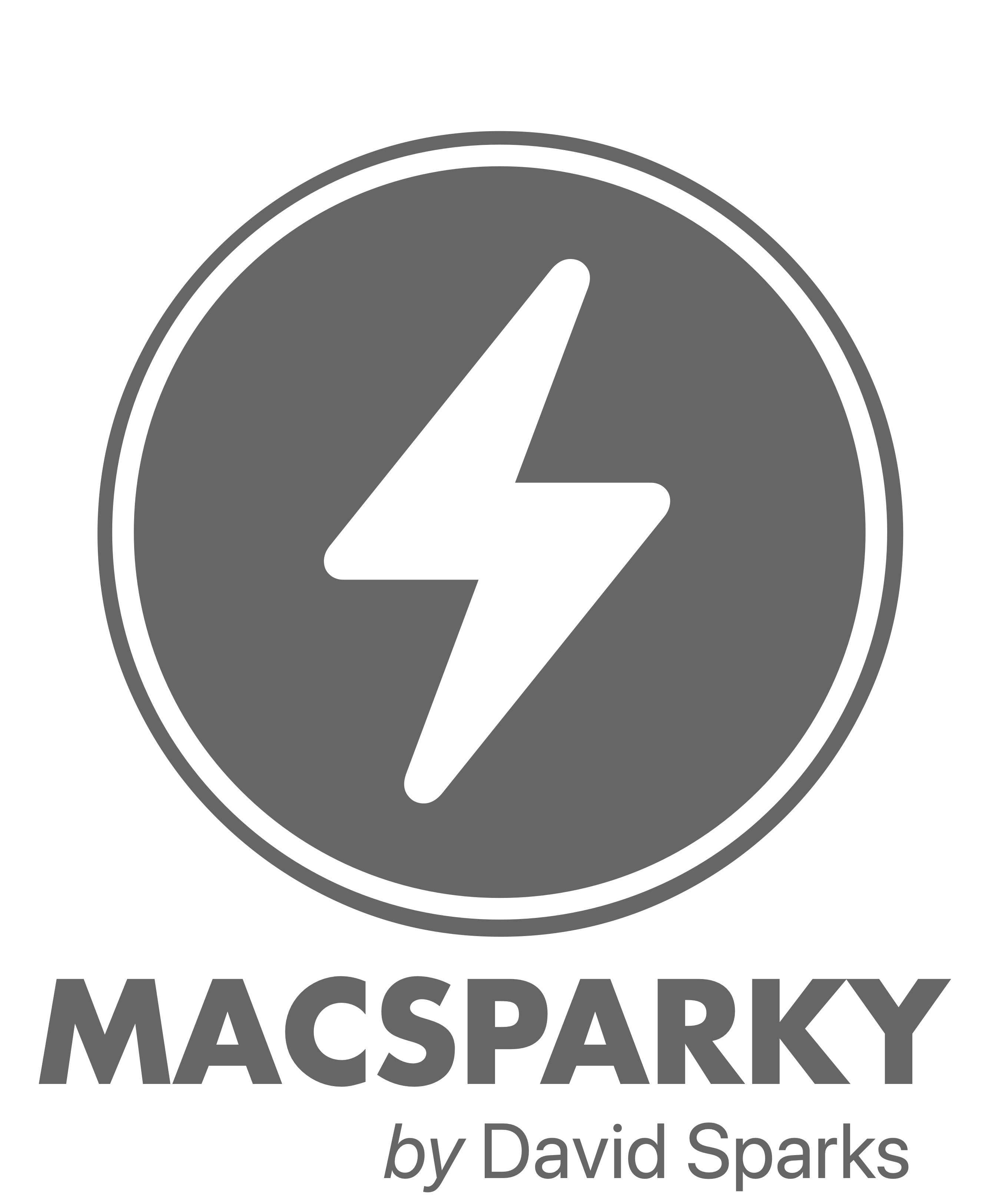I’ve written about hyper-scheduling and using my calendar to keep myself in check when planning tasks. Those posts often get questions from readers about the exact relationship between my calendar and my task list. If you keep both a calendar and a task list, it can get confusing to figure out what goes where. Of course, you know the dentist appointment goes on the calendar, but if you are going to get the most out of that calendar, it should be used for much more.
Your task list should be the keeper of all tasks. It is the full inventory of things you plan to do. If, however, you’re like me, that inventory is pretty full. There is no way I’m going to wake up one day and complete every task on my list. Honestly, there are years worth of work in my OmniFocus database.
The purpose of the task list is to bring order to that chaos and give you a framework to hang current and future tasks and keep them in perspective. The goal is that when you plan your days and weeks, you can easily pull the wheat from chafe in that task list and know that out of all of those things, which are the ones that move the needle for you right now. Figuring out what is essential right now is the entire reason I’ve invested my time in mastering OmniFocus (and made the OmniFocus Field Guide). I want to get to the tasks that need my time with the smallest time investment on a daily basis.
It’s at that point that my calendar joins in the dance. Once I have picked my tasks for the day or week, I need to plan when I will accomplish them. To do this, I need to answer a few hard questions:
- How long will this take?
- Do I have that kind of time available?
- Exactly when will I give it that time?
Let’s break that down further.
How long with this take?
As humans, we are generally terrible at estimating how long it takes to get something done. We usually vastly underestimate the amount of time required. If this is new to you, I recommend taking your initial time estimate and doubling it. Let’s say one of your on-deck tasks is a client proposal, and you immediately think “one hour”. Make it two. You can always scale back later, but if you are using calendar blocks and they are too short, you will fail at it. If it ends up taking one and a half hour to make that client proposal and you have a one hour block, you’ve already crashed. If instead, you had a two-hour block reserved, you can take a break for thirty minutes and play with the dog or work on something else. Bad time estimates are where most people have trouble when calendaring tasks.
You may find that you also have a set of essential but small tasks that also need to get done. I don’t block time for small tasks, but I will block time to handle a pile of small tasks. In my case, I often have a one-hour calendar block called “Legal Flags”. Those are small flagged client items in my OmniFocus database that I can lump together and get through quickly.
Do I have that kind of time available?
This process starts with a small list of tasks and you setting time estimates for them. Even with a short list of tasks, you may find you run out of time. There are only so many hours in a day. If you have realistic time estimates, you may find that you don’t have enough time for all of your selected tasks. That’s okay. It happens to me nearly every week. You then have to decide what gets done now and what has to wait for later. This process is the payoff of combining your tasks with your calendar. It allows you to be realistic about what can (and can not) get done in the time you have. It’s the difference between a realistic list of tasks for the week that you can feel good about finishing and an unrealistic list that may sap all of your energy by Wednesday as you realize you have no hope of getting it all done. I guaranty you will get more done with a realistic list than an unrealistic one.
Exactly when will I do it?
The final step is to put those task blocks on your calendar. They are just as crucial as dentist appointments and will help you keep on track throughout the week in getting those most important tasks done.
So in answer to the question of what goes on my task list and what goes on my calendar, I’d say while all of my tasks are in my task list, only a select few graduate to the calendar. I’d also avoid going through this process for tasks any further than a week out. Everything is continuously in motion, and it isn’t easy to know what will be the priority more than a few days from now.
Want to see what technology I use to pull this off? There’s a post for that.

